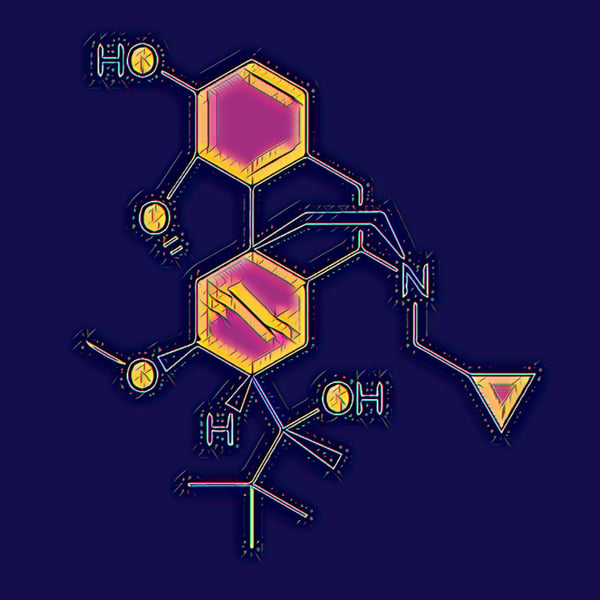Buprenorphine and Medication-Assisted Treatment
MAT, short for medication-assisted treatment, is a concept that's gained significant traction within the substance abuse treatment landscape in recent years. The Substance Abuse and Mental Health Services Administration defines MAT as “the use of medications in combination with counseling and behavioral therapies for the treatment of substance use disorders.”[1] The recent spike in national interest in MAT comes on the heels of a four-fold increase in opioid-related overdose deaths in the United States[2]. While tragic in nature, this epidemic is helping to bring recognition to substance use disorders as a public health concern, prompting policy changes in order to control it. The question now at hand: is MAT the answer to the overdose epidemic? Or for the treatment of substance use disorders in general?
New Concept?
MAT is not a new concept. Methadone maintenance programs have treated those suffering from opioid use disorders for decades, and Naltrexone has been frequently prescribed as an anti-craving agent for alcohol and opiate cravings. Newer buprenorphine formulations (Subutex, Suboxone, Probuphine) can serve multiple purposes: as an anti-craving agent; as a relapse prevention tool, given its opiate blocking properties; and as an overdose prevention tool. The FDA’s 2016 approval of Probuphine, the first implant for the treatment of opioid use disorders[3] which lasts for approximately six months, in conjunction with buprenorphine prescription limits being raised from 100 to 275 patients per prescriber, may change how MAT is delivered, and the way in which substance abuse disorders are treated in general.
It's important to note that buprenorphine is a controlled substance with the potential for both abuse and dependence. As such, its use comes as a bit of an ethical dilemma. Does one treat abuse of one addictive substance by replacing it with another? Will this harm reduction approach prove to be more efficacious than traditional abstinence-only based approaches? Can we look at medication-assisted treatment as a temporary tool for reducing harm during the particularly volatile and unstable early sobriety period, or are we merely promoting long-term dependence on yet another substance by adopting it as a clinical best practice?
Ethical?
Regardless of where you stand on this debate, it's apparent that the substance use disorder treatment landscape is changing. United Behavioral Health has outlined consideration for MAT as part of pharmacotherapy to be a clinical best practice for alcohol and substance abuse treatment[4]. The Braff Group, a health care services mergers and acquisitions advisory firm, has identified MAT as “an extremely valuable component of a suite of addictions treatment services”[5]. Structured outpatient and sober living programs delivered in conjunction with MAT have begun to spring up, such as Real Recovery by Pyramid Healthcare, a 6-9 month structured program which takes clients through an extended taper of buprenorphine while engaging in psychotherapy and re-engaging in various social, vocational, and educational opportunities.
Conclusion
It appears that the MAT treatment modality has secured buy-in from the regulatory agencies, the payers, the financiers, and even some providers. Whatever your opinion, as we push for evidence-based treatment, MAT may be the most accepted course of action until another form of treatment proves itself to be more effective.
[1] http://www.integration.samhsa.gov/clinical-practice/mat/mat-overview
[2] https://www.cdc.gov/drugoverdose/epidemic/
[3] http://www.fda.gov/NewsEvents/Newsroom/PressAnnouncements/ucm503719.htm
[4] https://www.providerexpress.com/content/dam/ope-provexpr/us/pdfs/clinResourcesMain/guidelines/mcs/saMCS.pdf
[5] http://thebraffgroup.com/wp-content/uploads/2016/10/MAT-mA-October-2016.pdf


.jpg?width=100&height=100&name=Stanley%202%20(1%20of%201).jpg)

